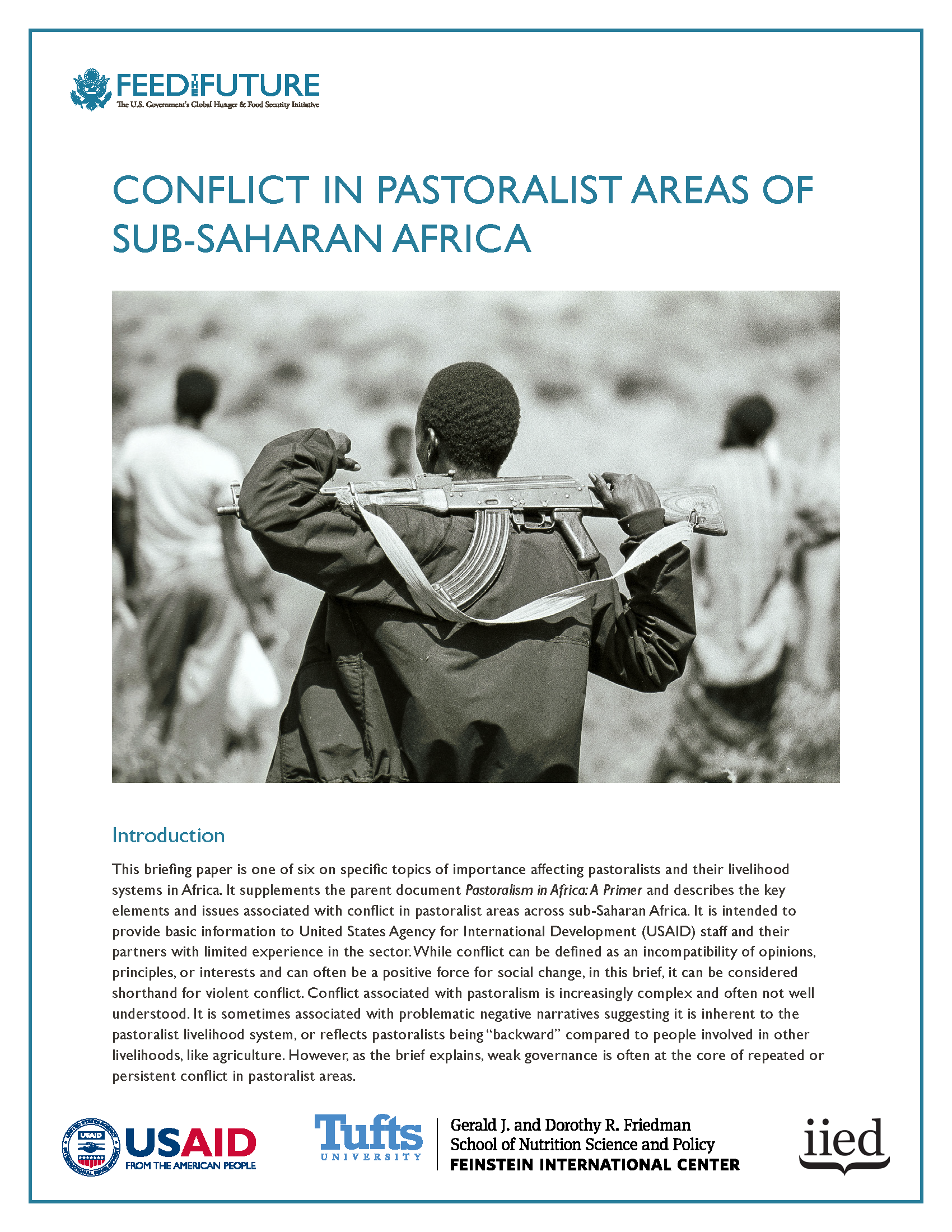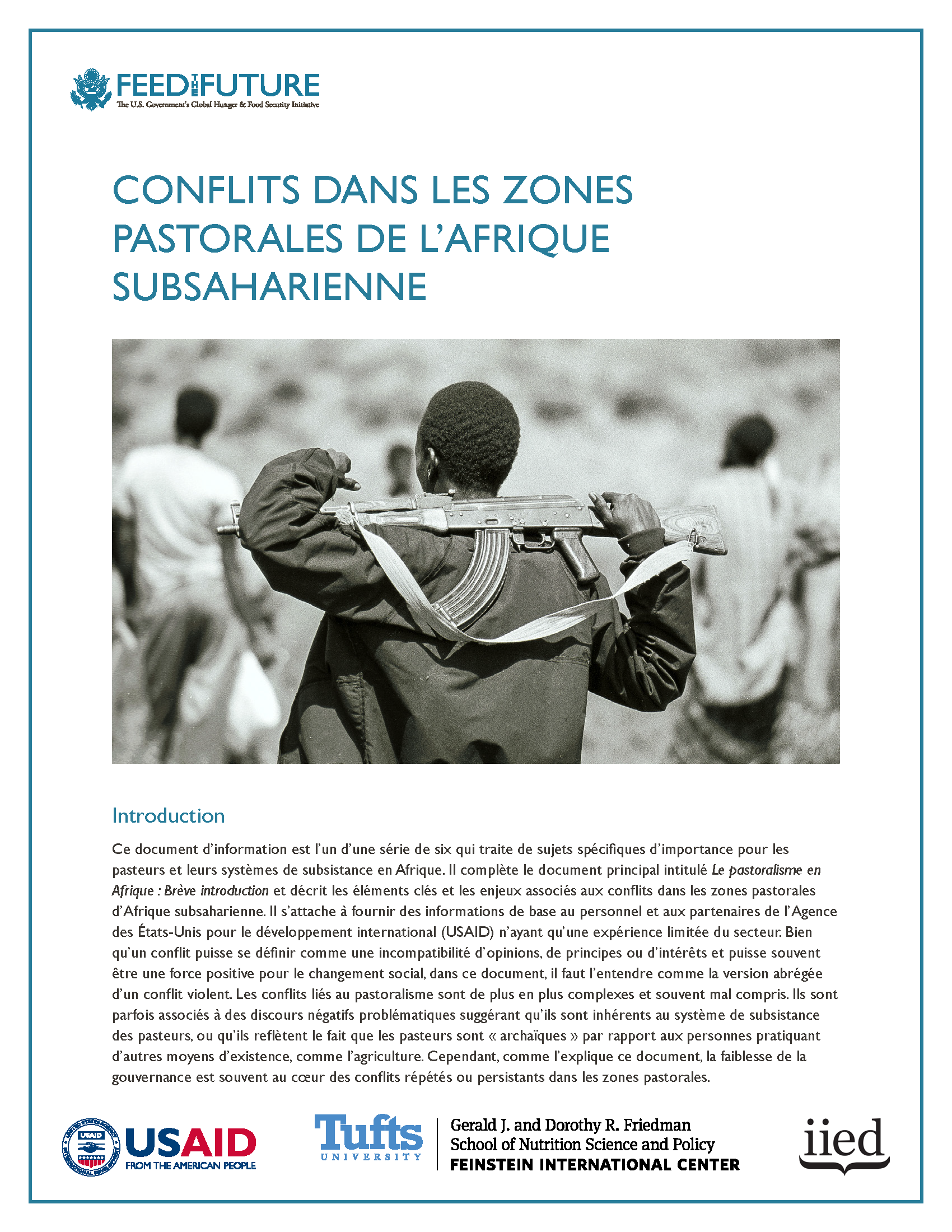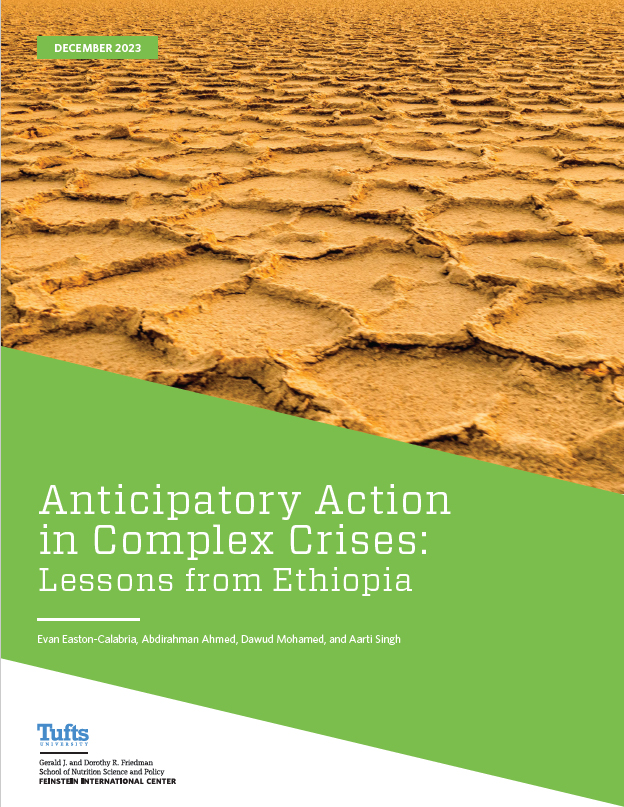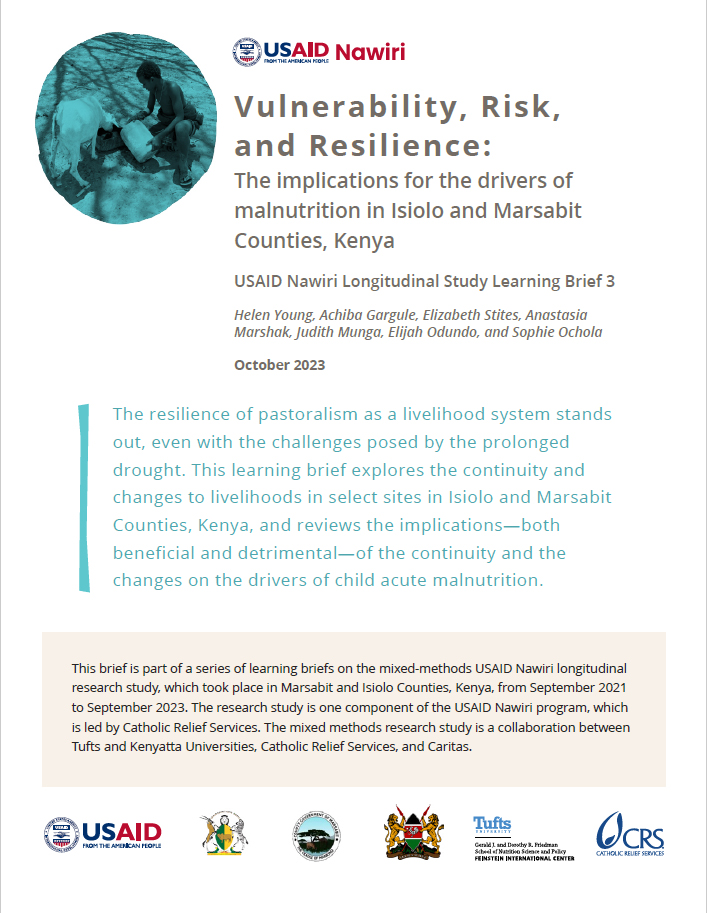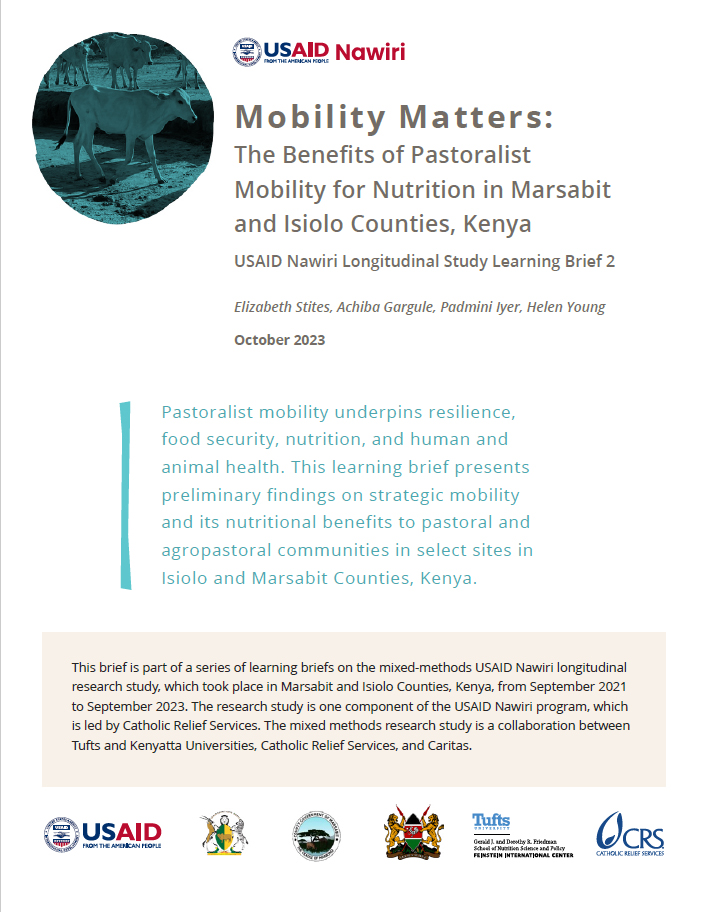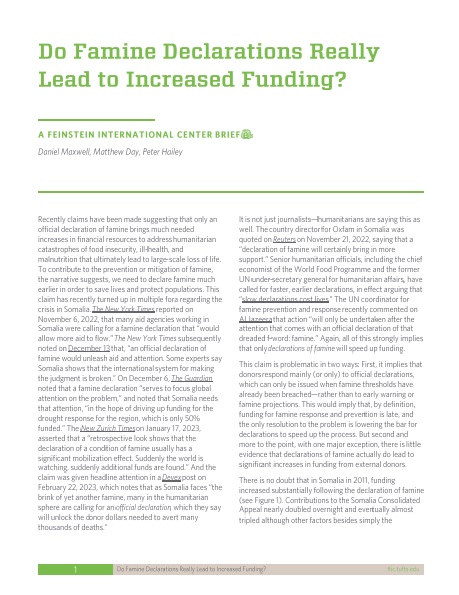This study explores the impact of a decade of conflict in Darfur on the trade in some of Darfur’s major cash crops. How has the cash crop trade adapted, and to what extent, if at all, has it recovered? It also reviews the federal policy context for trading cash crops. From this analysis, which identifies some of the major constraints faced by traders and agro-processors as well as producers, the study sets out ways in which the cash crop trade can be supported to better sustain livelihoods in Darfur, and to support the eventual recovery of Darfur’s economy. This is now especially relevant given the renewed focus on the agricultural sector in Sudan, post-secession. The study covers groundnuts, Darfur’s most important cash crop, as well as sesame, gum arabic, tombac (chewing tobacco), and oranges.
Taking Root: The Cash Crop Trade in Darfur
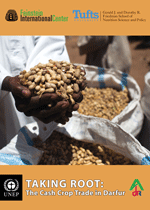
ASSOCIATED PROJECT
SUBJECTS
PUBLICATION TYPE
LOCATION

RELATED PUBLICATIONS
This briefing describes the key elements and issues associated with conflict in pastoralist areas across sub-Saharan Africa.
•
Ce document d’information décrit les éléments clés et les enjeux associés aux conflits dans les zones pastorales d’Afrique subsaharienne.
•
This study examines how anticipatory action was perceived and experienced among Ethiopians living with drought alongside other crises.
•
This learning brief explores the continuity and changes to livelihoods in select sites in Isiolo and Marsabit Counties, Kenya, and reviews the implications of the continuity and the changes on the drivers of child acute malnutrition.
•
This learning brief presents preliminary findings on strategic mobility and its nutritional benefits to pastoral and agropastoral communities in select sites in Isiolo and Marsabit Counties, Kenya.
•
This policy brief examines the relationship between famine declarations and funding since 2011. It shows that, with that one exception, there is little evidence that famine declarations actually result in a rapid increase in funding.
•

